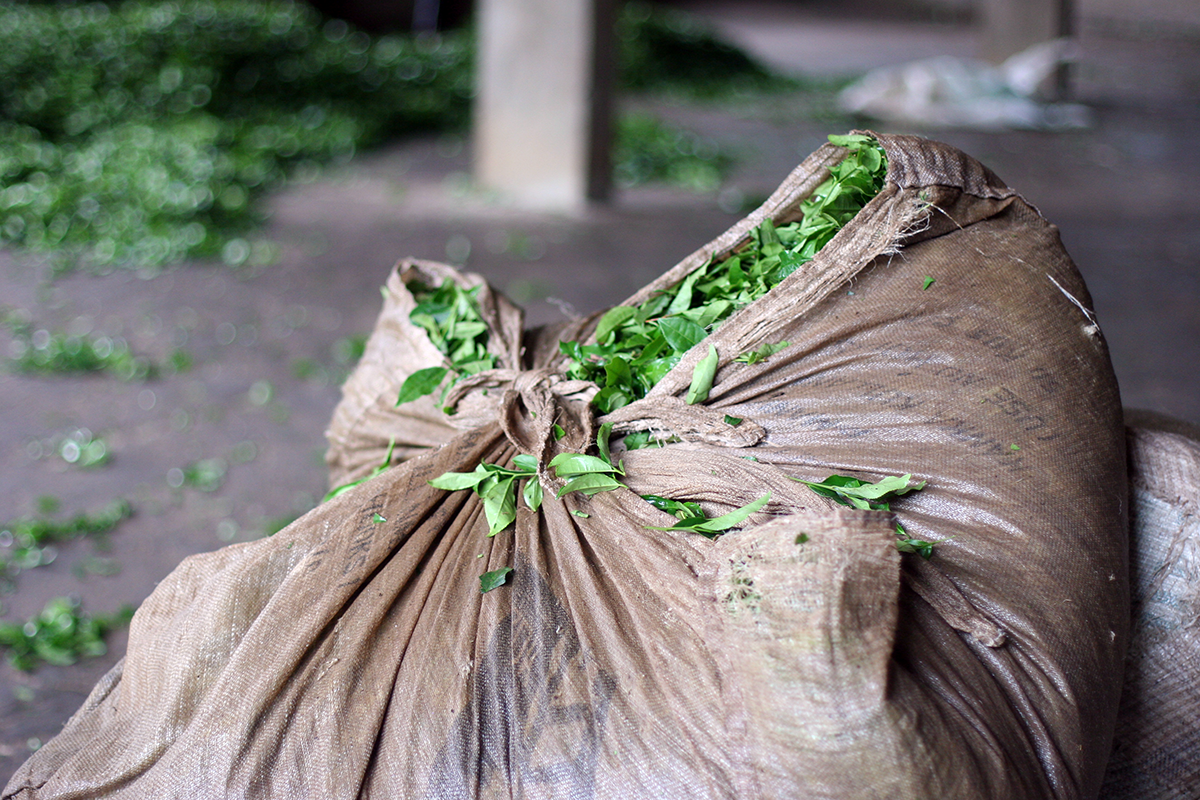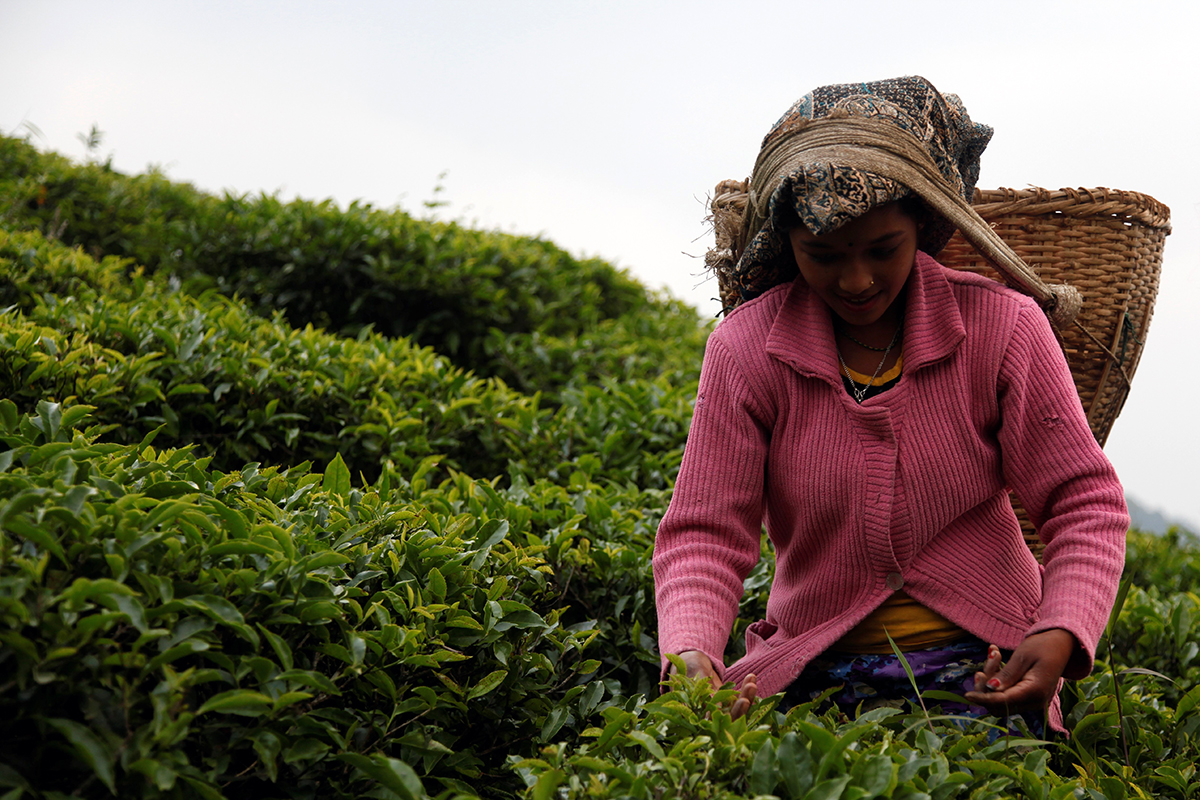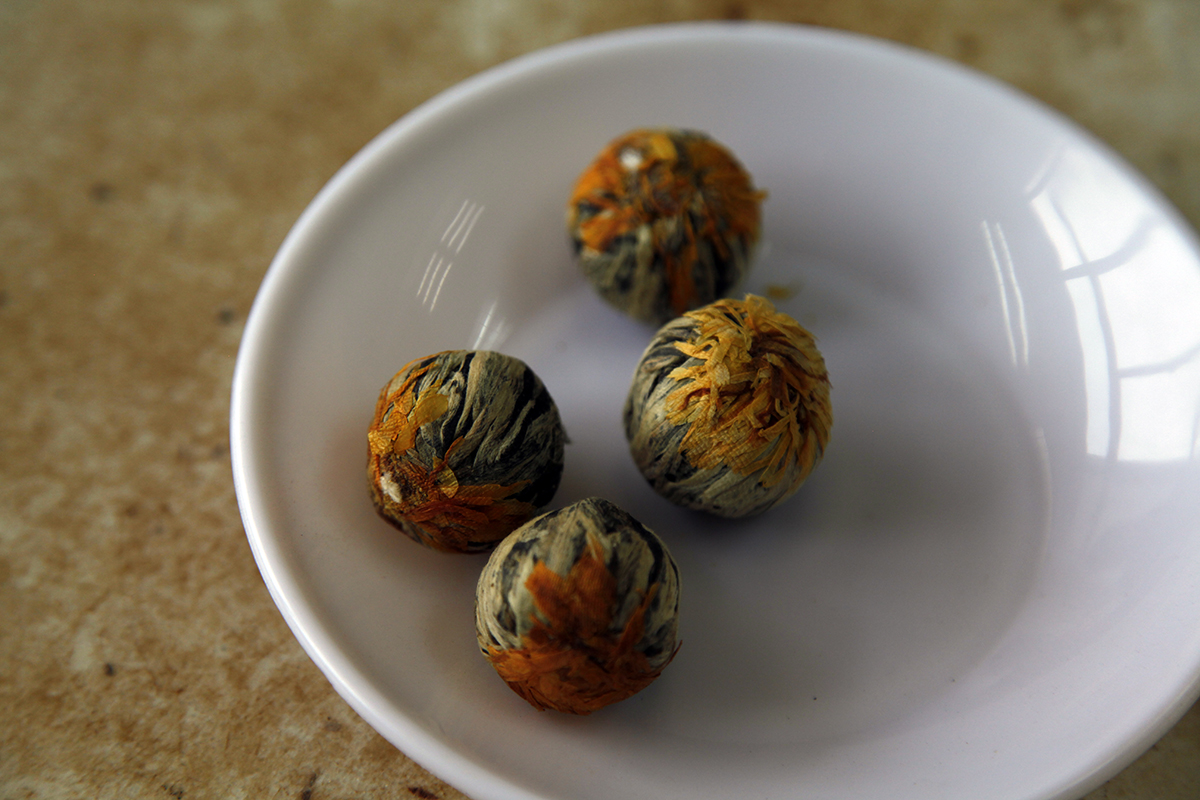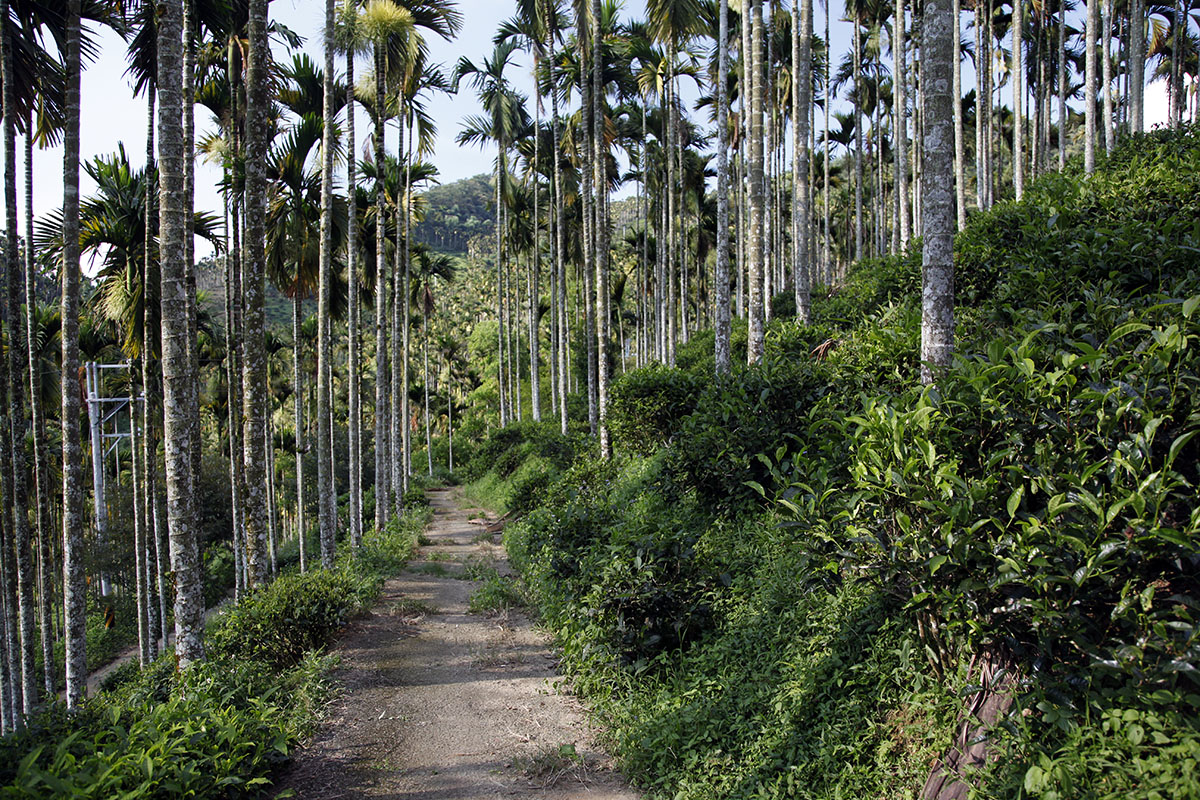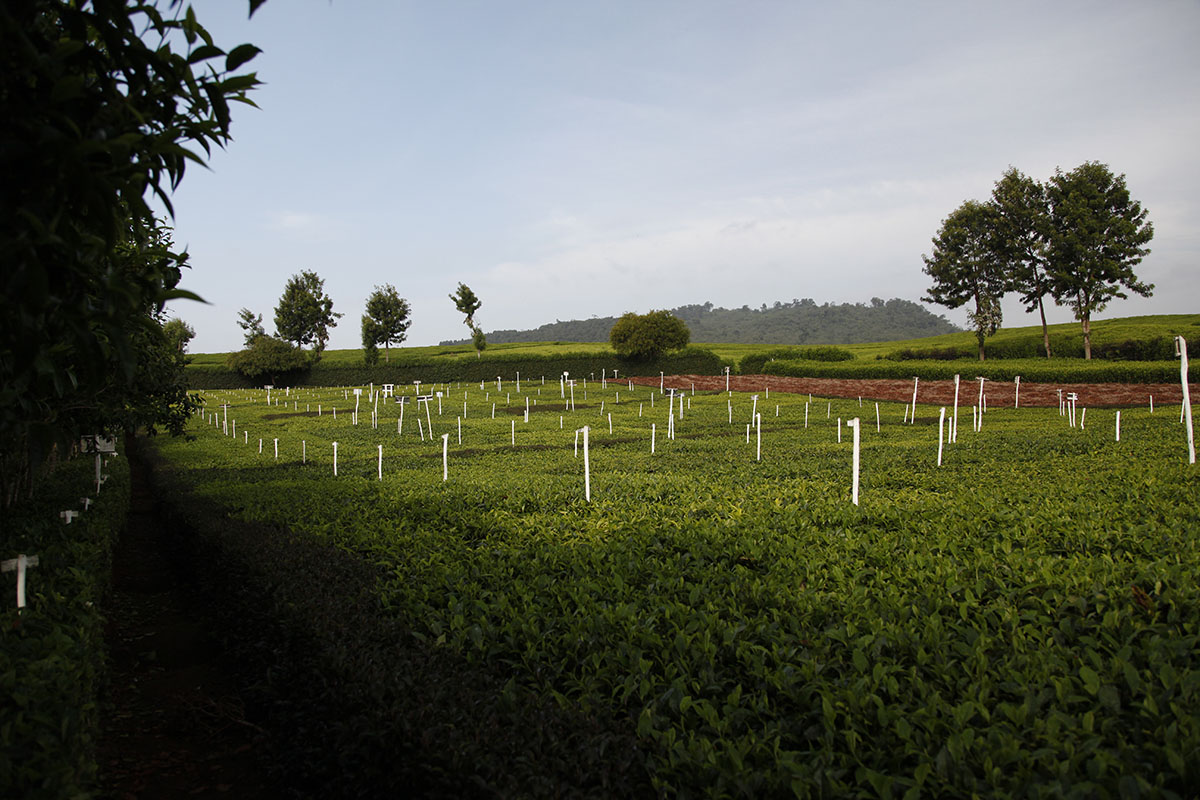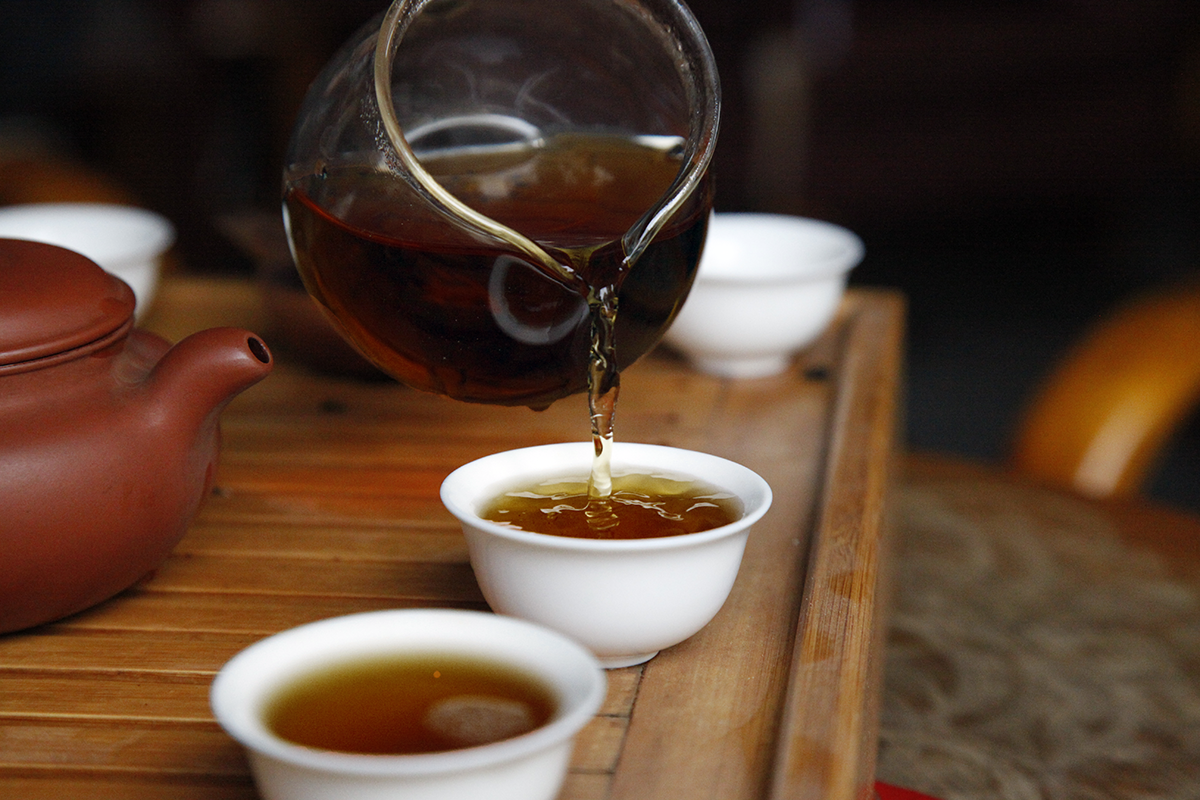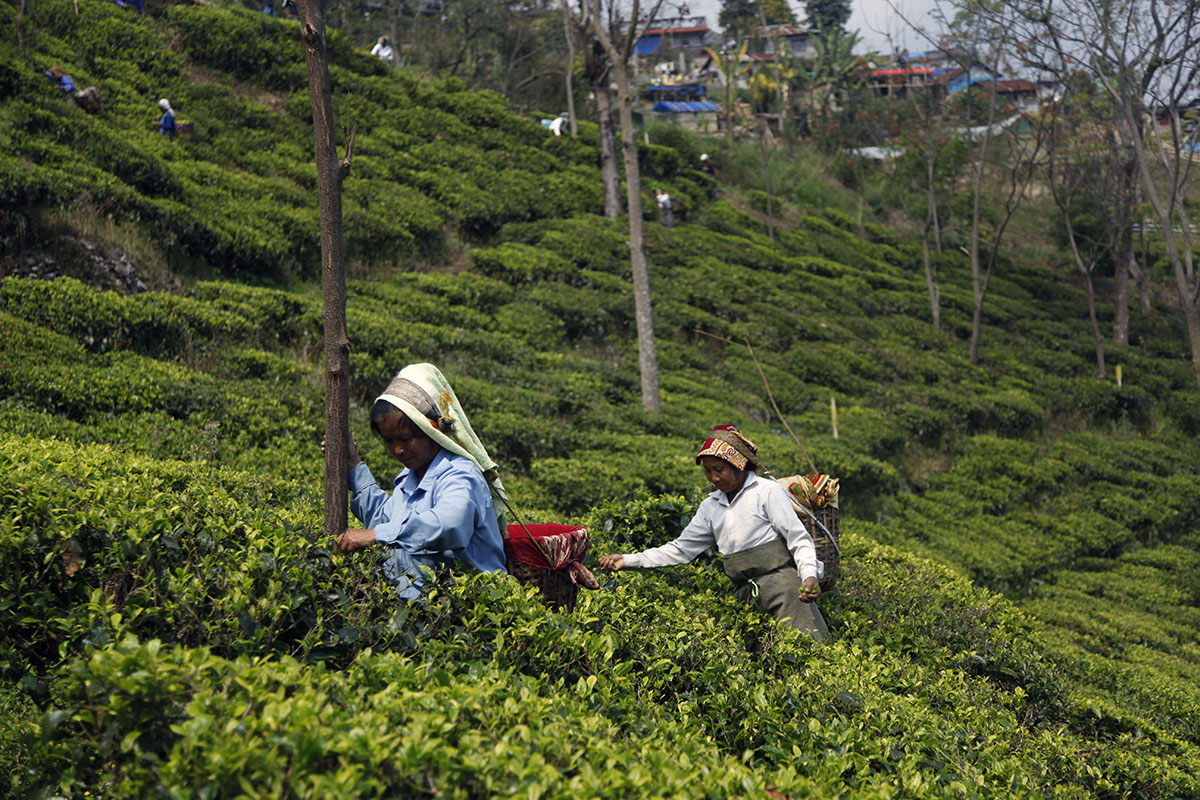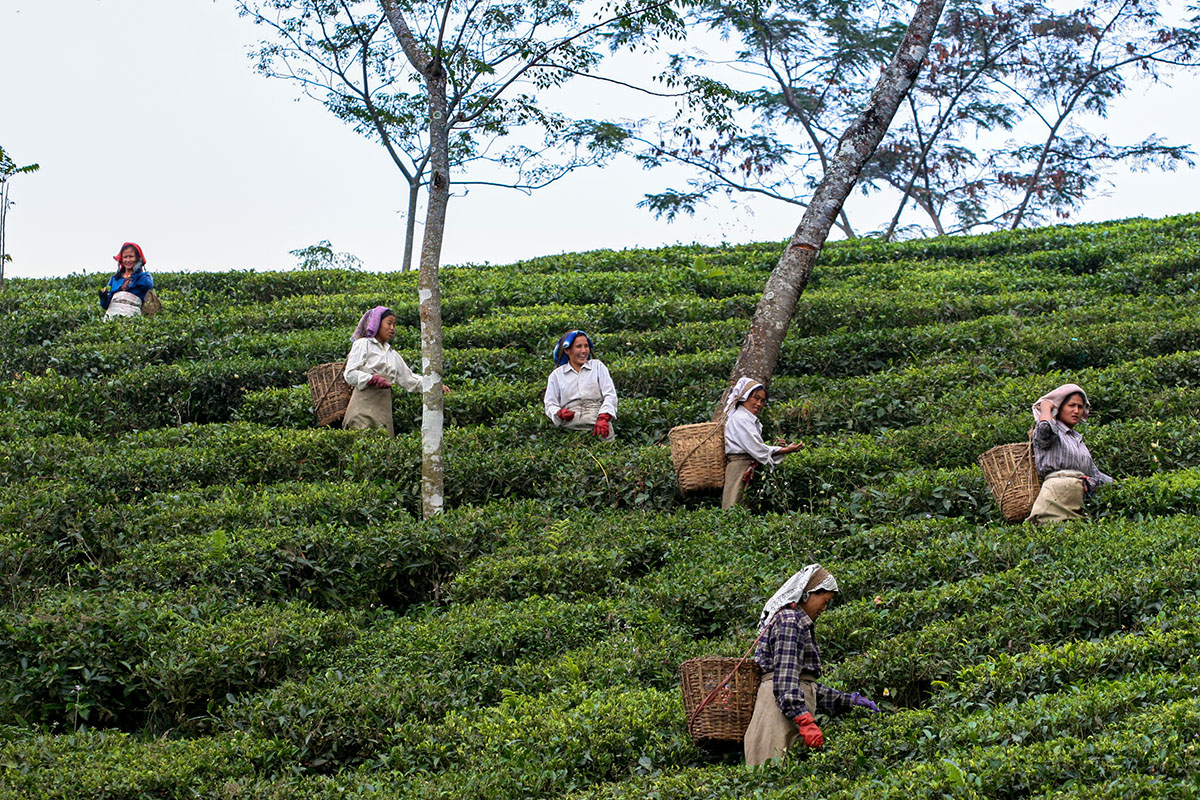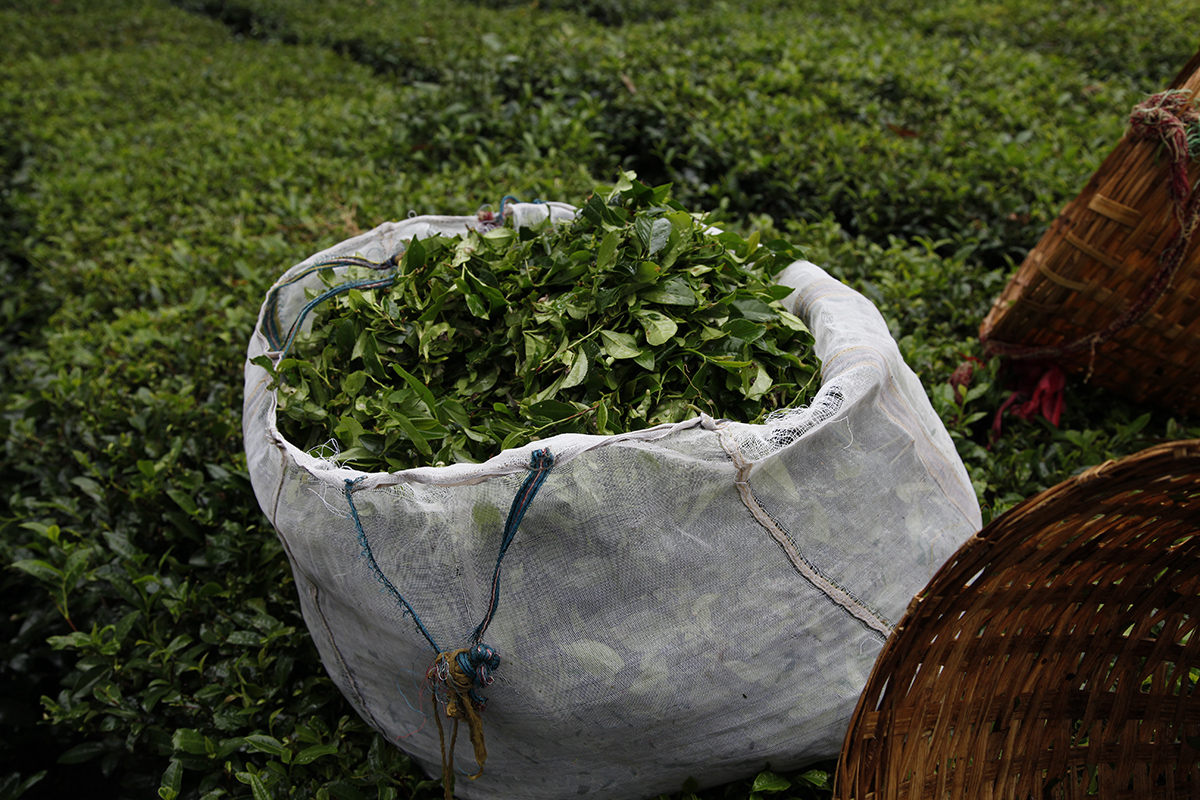Freshly plucked tea leaves shouldn’t be kept in isolation, or they might start to ferment. As soon as they are harvested they are transported to the factory in bags made from a light, loosely woven material that allows air to circulate. The journey must be as short as possible to prevent the risk of the young shoots undergoing an undesirable change.
From plant to cup
Our Nepalese friends need you
Of all tea-producing countries, Nepal has suffered the most from Covid-19. There are a number of reasons for this: the small remote farms, the crumbling infrastructure (roads are cut off, the international airport is closed or swamped), the lack of access to the sea, and more.
Nepal is one of the poorest countries in the world. I’ve done my best to support my tea-producing friends during this difficult period, and delicious teas that take months to reach us are starting to become available. I’m counting on you to try them – for the sake of these small producers, the cooperatives of often very young farmers, who we must encourage and not leave to fail. When it comes to premium teas, the quality and variety of teas they produce are unique, and they are very good value for money.
Balls of tea
There are endless ways to shape tea, or compress it. Tea leaves can be shaped into needles, pearls, sticks, twists, old man’s eyebrows, birds’ tongues, melon seeds – there are many evocative descriptions in Chinese terminology.
Tea can also be compressed. This is mainly done with dark teas, but sometimes with white teas and certain black teas too. They become bricks, cakes or, as you can see here, simple balls.
Beware the heat!
Tea plants don’t like extreme heat. In the hottest regions they are grown under cover, like here, in Taiwan. This is not quite the same as shade-grown tea. It means that from time to time the delicate little shoots get a bit of respite, and the leaves are not subjected to direct sunlight throughout the day.
Celebrating the end of lockdown in Kenya
Today, I’m taking you to the slopes of Mount Kenya. There, at nearly 2,000 metres, a well-structured, aromatic black tea is grown. Quality varies from one plantation to the next. One of the most famous tea research centres is located here, meaning that the region’s farmers benefit from valuable advice that complies with organic practices, which are very common here.
The row of white posts bearing the names of the cultivar makes this plot resemble a memorial site. We remember the victims of this pandemic and look to the future with hope.
Teas shelter in place to develop powerful aromas
If there is one type of tea that could be described as being in “confinement”, which is our term for “lockdown” or “shelter in place” here in France, it is shade-grown teas. The best known of these is Pu Erh.
These teas generally go into confinement by being shaded for one to two months, although it can be longer. And when it comes to “deconfinement”, when you lift off the covers under which the harvested leaves have been gently fermenting, you are greeted with wonderful, powerful bouquets. In the cup, these teas develop magnificent aromas of undergrowth, cellars, mushrooms, sought-after animal notes that often evoke stables, and spices. Here’s to your “deconfinement”, whenever that may be.
Hooray!
Today, I’m only going to focus on the good news! I bought three very rare batches of Darjeeling produced this spring. Nepal has continued to produce tea during lockdown, and as soon as the French postal system is functioning again I will receive some delicious samples. In China, a pre-Qing Ming Huang Shan Mao Feng, a Lu Shan Yun Wu, a Yue Xi Cui Lan and a rare Huo Shan Huang Ya are already on their way. In Japan, after a winter that was long but relatively mild, the harvests are a little late. By mid-May I will have received all the samples and will be able to make a good selection. And to top it all, each of the teas I buy will be sent to the lab before we sell it, to ensure it complies with European standards – unless it already has French “AB” organic certification. This means we can enjoy them with peace of mind, and appreciate all their benefits.
Working outside
These tea pickers have less to fear from Coronavirus than others. They walk to work, they move about in single file, they keep a good distance between themselves, and what’s more, they work outside. Sadly, this isn’t enough in a country of more than a billion inhabitants, and now the entire Indian population must stay at home. Let’s hope that we can banish this virus quickly, and get back to savouring their country’s delicious teas.
The joy of singing
They haven’t seen one for nearly twenty years – a rainy winter. For almost two decades, planters constantly complained about the dryness in January or February, or both. In 2017 the weather really was against them: not a single drop of rain fell between October and March. At last, in 2020, the region was treated to magnificent rainfall all winter. But water isn’t everything. For the leaves to grow, they need heat too. And this year, it’s too cold for them.
While we wait for the soil to warm up, we’re tasting last year’s teas again, to remind ourselves of them, as well as the few low-altitude batches that have been freshly produced in miniscule quantities. Meanwhile, the pickers keep themselves happy by singing.
While we’re waiting for Northern India, discover the South
Every year, many of you eagerly await the first spring harvests from Darjeeling. But as you perhaps know, the first Darjeelings of the year aren’t the best, and it’s a good idea to hold back.
As it happens, I’ve just selected a rather exceptional Kotagiri Frost from Tamil Nadu. Although Southern India produces vast quantities of tea, the quality is rarely up to scratch. However, if you look carefully, you can find small plantations that produce remarkable teas at certain times of year. This is the case with this Kotagiri Frost, which will be available in a couple of weeks. Enjoy savouring it while the winter mists clear from the Himalayas and give the young shoots freedom to grow.

